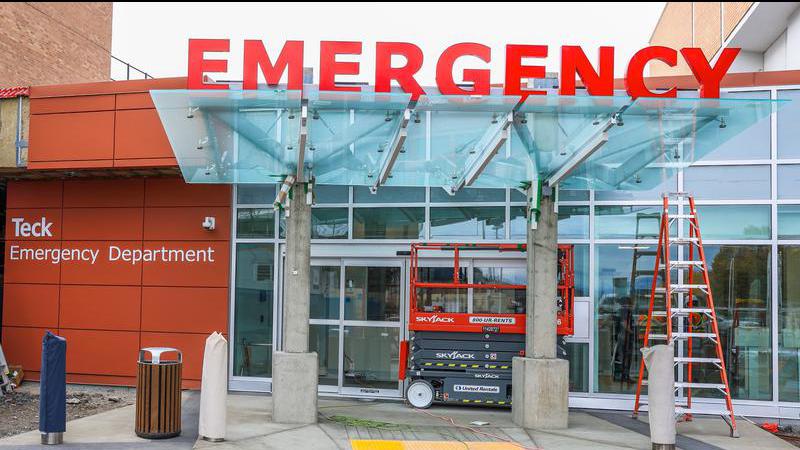
SOUND OFF: Royal Inland Hospital’s emergency room uses antimicrobial copper to fight infection
TECK RESOURCES LIMITED, a Vancouver-based resource company, made a $2.5 million contribution to Royal Inland Hospital’s new emergency department, which opened in Kamloops last month. This donation covered the installation of antimicrobial copper surfaces and equipment as part of an effort to prevent the spread of hospital-acquired diseases, improve hospital hygiene and, ultimately, strengthen patient care. In Canada and British Columbia, one in every nine hospital patients on average contracts a healthcare-associated infection, which is an infection acquired during a hospital stay. Fortunately, as copper has excellent antimicrobial qualities and kills over 99.9 per cent of harmful bacteria in under two hours, it’s a proven tool that can help the Royal Inland minimize this risk.
Copper kills bacteria, prevents antibiotic resistance
New research shows copper to be an effective weapon against spread of disease and bacteria in hospitals, particularly when installed in high-touch, high-traffic locations.
“We have seen that copper completely destroys the bacteria’s DNA in minutes so they can’t go on to become resistant,” says Professor Bill Keevil, Head of the Microbiology Group and Director of the Environmental Healthcare Unit at the University of Southampton in the UK. Keevil’s research into copper found that the metal “releases positively charged ions and reactive oxygen species, which quickly kill any bacterial cells that touch it”.


